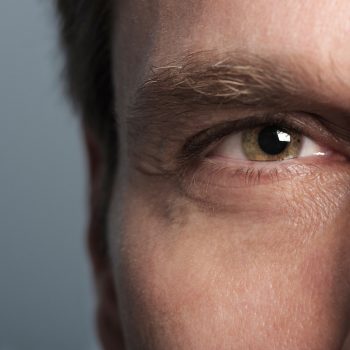The advancing age is one of the reasons why we need to pay more attention to our health, including our eyes. Prevention is carried out through periodic visits: ‘Those people over 50 should make an annual check-up with an eye ground examination’, recalls Professor Mario Romano, Head of the Ophthalmology Center at Humanitas Gavazzeni and professor at Humanitas University.
An eye disease that is directly related to aging is senile macular degeneration. It affects the macula, the most central part of the retina, one of the structures of the eye that can be observed closely with the examination of the ocular fundus. As the American Academy of Ophthalmology points out, the risk increases three times after the age of 75 compared to the 65-74 age group.
Another pathology associated with advancing age is cataracts, with the opacification of the internal lens of the eye. One of its symptoms is the frequent need to change eyeglasses and a regained ability to read without reading glasses in patients over 55, recall American ophthalmologists.
Periodic check-ups, independently from the advancing age, are instead indicated to people with diabetes due to diabetic retinopathy.
The tools for diagnosis and targeted treatments
The evolution of instrumental diagnostics now allows us to define more accurate diagnoses and therapies that are increasingly effective for eye diseases. Innovative examinations include non-contrast angiography for ‘screening on a much larger population for senile and diabetic maculopathies’. On the other hand, among the instruments used for the treatments, we find the femtosecond laser for cataracts, ‘which avoids manual or ultrasound surgical steps; this treatment is able to induce the formation of carbon dioxide microbubbles that separate the tissue during the intervention of substitution of the opaque crystalline with an artificial one’.
Technological innovation has contributed to the improvement of treatments for diabetic retinopathy as well: ‘We also use a micro pulsed laser below the yellow wavelength threshold, which allows to be more selective on retinal and sub retinal structures and less destructive on healthy areas that need to be preserved’.
The importance of diagnosis and opportune treatment also emerges in regard to metamorphopsias, characterized by a distorted vision of the lines, and to the myodesopsias, with the typical dark spots or threads present in the visual field that can be combined with flashes (photopsies): ‘we need to intervene early on those diseases to have a good functional recovery’, warns the expert on the magazine Eco di Bergamo.










